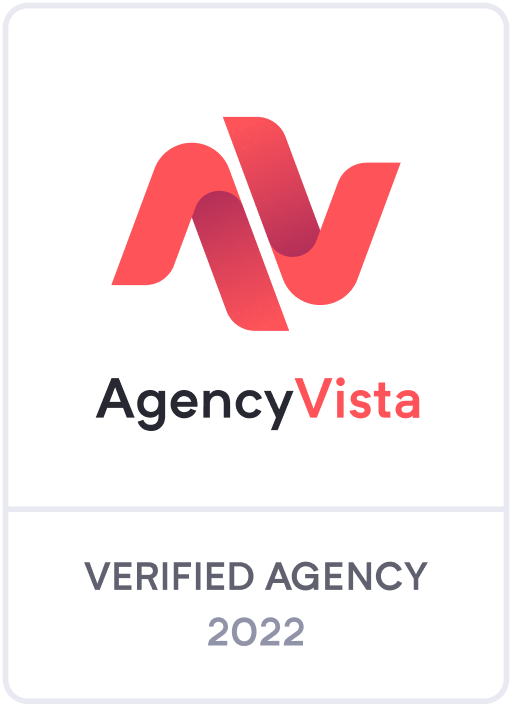
When you think about website accessibility, your first thoughts may spark with images of your prospects and customers engaging with you via mobile devices. “Ha!,” you chuckle, “you’ve made sure your website and social media platforms were mobily accessible years ago…”
But in this case, we’re not talking about mobile accessibility; we’re talking about the Americans with Disabilities Act (ADA) version as it applies to website and online marketing.
Your Website is Considered a Public Accommodation
The ADA was created in the 1990s and originally focused on brick-and-mortar renovations, as well as attention to signage, which ensured those with disabilities had equal access to public spaces. Just as ADA accessible recommendations have been adopted into city planning and building codes, website developers and marketing gurus must also pay attention to the fact that your company’s website is considered a public accommodation as well.
Therefore, business websites should be designed such that they can be easily navigated by any prospective visitor, with equal consideration paid to those who experience certain limitations. The good news is that the right marketing and website content manager can support your brand in upgrading its existing website and social media platforms to ensure they’re ADA compliant.
A Quick, 5-Point ADA-Compliant Website Checklist
The less-good news is that companies around the nation are being hit with lawsuits as a result of their website’s failure to comply with ADA guidelines. While larger companies and firms can take the hit, the time, energy, and money required to fight this type of thing can be crippling for small- to medium business owners. Plus, that type of bad press – and the negative public commentaries that follow, can diminish your brand’s reputation.
Proactively ensuring your website complies with the ADA not only keeps you off a potential black list, it also means your brand will now appeal to, reach, and engage an even broader audience – and that’s always a positive thing.
This quick, 5-point checklist can help you determine whether your website and social media content meets the ADA requirements.
1. Have you ever had a disabled person or minority provide constructive feedback about your website?
If so, make sure you’ve documented it and have addressed their issue OR have a solid, ADA accessible website plan that outlines how your website meets the ADA’s guidelines for website design.
2. Are you using clear and straightforward titles/headings/subheadings?
Titles, headings, and subheadings should be clearly differentiated from the rest of the content text via larger and bolder font. Using a different font from the regular text content is also advised, as are lots of bullet points or number formats to clearly order ideas and themes.
Beyond their differentiated look and scannability, headings and subheadings should be as free as possible from internal speak/acronyms. Instead, they should be in plain language that is easily understood or inferred by prospects. Insider or industry terms and jargons can be explained below for those who are newer to your site.
3. Visuals should always include alt text
The idea that visuals, images, or photos should inherently convey your message is a misnomer. We all process information differently. For example, someone who is colorblind may see a particular graphic differently than it was intended or be unable to see it at all. Clear, explicable alt text or long descriptions should be available for every photo, image or graphic on your site.
Similarly, a blind prospect using audio-reading support to interpret website information, relies on alt-text and other text identifiers are their only clue to what you’re communicating for any visual-only images, graphics, or videos. Text and subtitles (CC) also support those who are hard of hearing when narrated or scripted videos are used to explain, teach, or advertise.
4. Do you use accessible colors/contrasts/applications?
Due to the notable number of colorblind individuals (nearly 10% of the U.S. population), special consideration should be given to the colors you use, contrast levels, and how you use them. This also supports those with a certain degree of general vision impairment.
Also, according to the ADA, all web pages should be, “…designed in a manner that allows them to be displayed using a visitor’s own settings for color and fonts.”
5. What about links, charts/graphs, or attached documents?
Any links, charts, or graphs you use would have embedded or linkable, text-base explanations that can be read. And, because PDFs are extremely difficult for audio-reading software to internalize, it is also important that any attached documents are in HTML form. If you opt to post a PDF file, ensure an HTML version is right alongside it so that access is similar for everyone.
This is just the beginning and, while it may seem overwhelming, web developers and marketers experienced with ADA website accessibility can work with you quickly and easily to bring you up to speed.
Contact KDMC to learn more about what you can do or to have your business website evaluated for ADA compliance.


